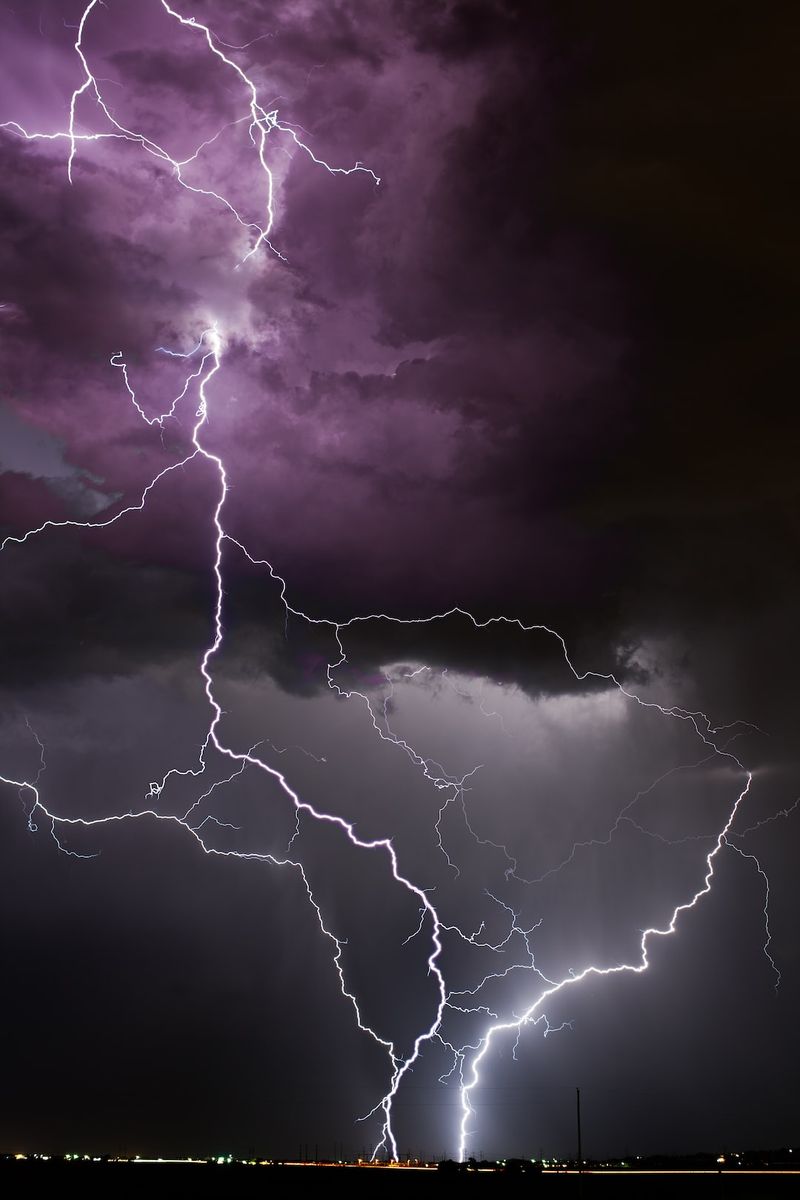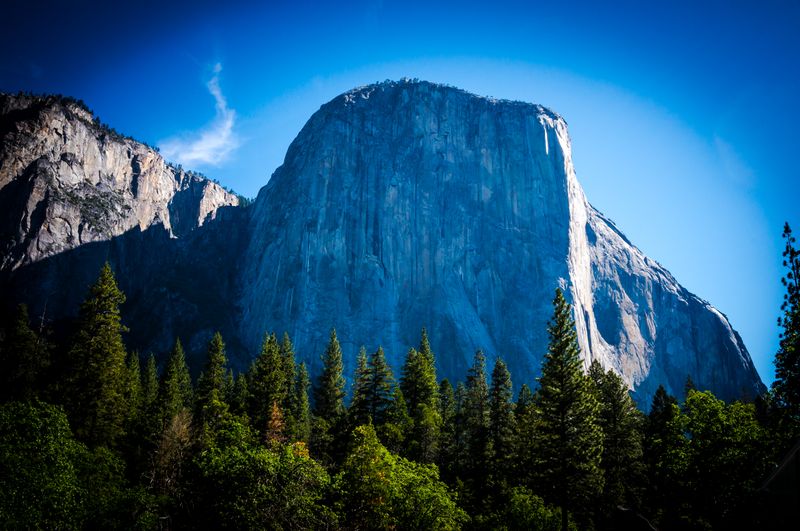El Nino’s Early Arrival and Potential Impacts
Introduction
El Nino is a natural phenomenon that arises from the temporary and occasional warming of the Pacific Ocean. It alters weather patterns across the globe, moving the airborne path for storms. Recently, the National Oceanic and Atmospheric Administration declared that an early bird El Nino has formed, which is likely to be strong, in contrast to most El Ninos that typically take effect in winter. The early arrival of El Nino and its potential impacts on various regions around the world has sparked concerns among meteorologists and climate scientists.
El Nino’s Potential Impact
This year’s El Nino is expected to be different from others because of its characteristics. It has started one to two months earlier than most El Ninos, leaving it with room to grow and develop. It has the potential to reach supersized levels, causing strong and powerful weather conditions worldwide. According to climate scientists, if this El Nino exceeds the maximum level, it will be the shortest recurrence time in the historical record. Communities will have less time to recover from damages to infrastructure, agriculture, and ecosystems like coral reefs.
Weather Impact on the Caribbean and Central America
Usually, an El Nino leads to a decrease in hurricane activities in the Atlantic, giving relief to coastal areas in states from Texas to New England, Central America, and the Caribbean. However, forecasters predict that won’t happen this time due to record-breaking hot Atlantic temperatures that would counteract the El Nino winds that typically decapitate many storms. Hurricanes usually grow stronger and more powerful when they travel over warm seawater. Therefore, the tropical regions of the Atlantic Ocean are exceptionally warm, leading the National Oceanic and Atmospheric Administration (NOAA) and others to predict a near-average Atlantic hurricane season.
Weather Impact on Australia and Other Regions
Although El Nino will most likely be felt in the Southern Hemisphere during the northern summer, it has some minimal impacts in North America. Generally, El Nino strongly tilts Australia toward drier and warmer conditions, with northern South America likely to be drier and Southeast Argentina and parts of Chile likely wetter. India and Indonesia will also tend to be dry through August in El Ninos. El Nino often means more tropical cyclones in the Pacific, and it is expected to hit the hardest in December through February, shifting the winter storm track farther south to the equator. The entire southern third to half of the United States, including California, is likely to be wetter in El Nino. On the other hand, drought-stricken countries in northeast Africa will welcome beneficial rainfall after enduring drought conditions for several years due to prolonged La Nina events.
Conclusion
El Nino is a natural phenomenon that can leave communities devastated due to damages to infrastructure, agriculture, and ecosystems such as coral reefs. This year, the early arrival of El Nino and its potential impact on various regions worldwide sparked concerns among meteorologists and climate scientists. With the short recurrence time of this year’s El Nino, there is less time for affected communities to recover from the damages. Therefore, it is crucial to take proactive measures to mitigate the risk of damages that El Nino may bring. Furthermore, it is imperative to reduce carbon emissions, promoting sustainable energy, and policies that will ultimately reduce the risks of climate change.

<< photo by David Moum >>
You might want to read !
- El Niño Returns: Blessing or Bane?
- Exploring the Anticipated Marvel Series: Secret Invasion – Everything You Need to Know!
- Exploring the Latest Fortnite Chapter 4 Season 3 Battle Pass Skins in Canada
- “Tkachuk Shrugs Off Big Hit, Returns to Game 3 for Panthers”
- “Victoria’s Lottery Luck: Winner Splits $70M Jackpot with Mystery Player”
- Victoria lottery player shares $70M jackpot with Ontario winner




